Colt made a black powder pistol for the Texas Rangers in 1847 and it was called the Walker. Only 1,100 were made, and only 168 of those still around, today. Well, now you can get your own Walker because Cimarron Firearms Company is producing a replica of this classic cowboy pistol.
- It’s a six shooter.
- The Original Finished is pictured here.
- The only real difference from the original is that this is made with modern alloys for strength and precision.
A True Reproduction
This gun is made following the original dimensions from Colt. It’s a beast with a 9-inch barrel with a .456-inch bore. The rifling has seven grooves with a right-hand twist and it twists once in 103 inches. It shoots a .44 caliber bullet, and the six cylinders take about 30 grains of black powder. The steel is all blued and then chemically washed to give it the classic patina. The grips are walnut.
The only real difference is that this gun is made with modern steels which are more durable. It’s included powder horn has a brass finish, the tin for percussion caps is very cool, it includes a nipple wrench and it all comes in a commemorative display case.
- Proceeds benefit the Former Texas Rangers Foundation.
- The commemorative case includes a nipple wrench.
- The powder horn has a brass finish.
- This is the tin for percussion caps.
The great thing is that you can shoot this gun without worry that you’re depreciating an original Colt. It makes lots of smoke, too, and should be a real hoot to shoot.
The Details
The cylinder has an engraved scene of cowboys chasing Indians. The company name and serial is carved in several places. The brass front strap and trigger guard make it soft and graspable. The antiqued finish with scratches makes this gun look truly well-used and I think it’d be a shame if you didn’t go out and use it.
- The Original Finish looks really good on this gun.
- Brass trigger guard and front strap.
- You’ll not forget which serial number you get with gun.
- The Walker sports walnut grips.
Numbered Series
Cimarron will only produce 1,100 of these guns, just as the originals. Each run will be made in the same order as the originals, which, interestingly, started with C Company. See the listing below for how many will be made for each company. Proceeds from this gun go to help the Former Texas Rangers Foundation build a new museum in Fredericksburg, Texas.
The gun costs $570.38 with Original finish or $470.38 with standard bluing, and the commemorative case comes with all. Original finish is pictured here. You can purchase yours directly from the Cimarron Fire Arms Company.
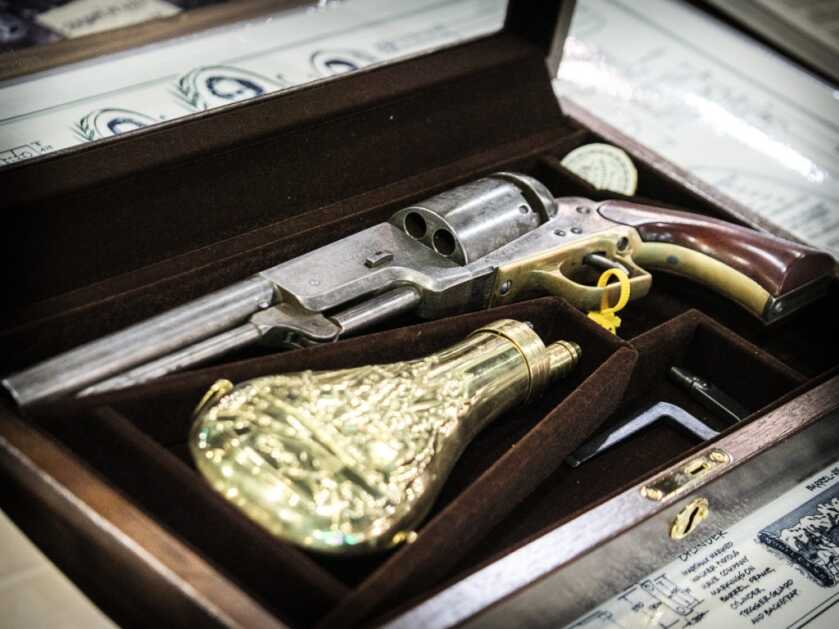

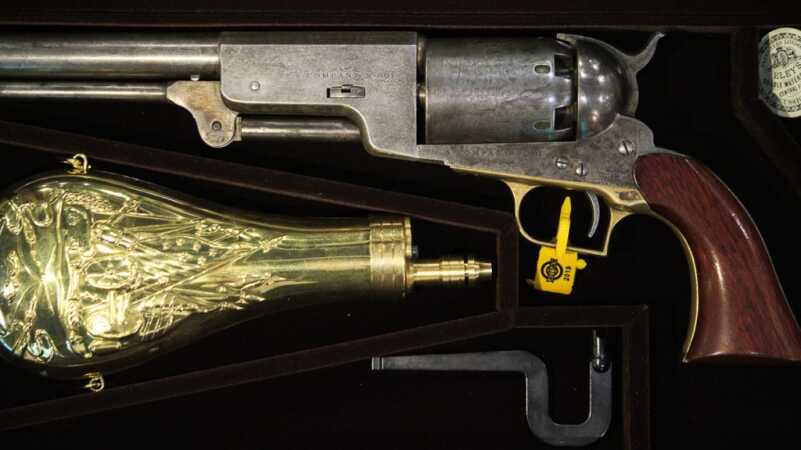
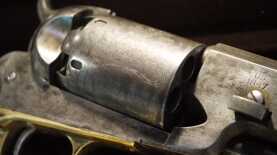
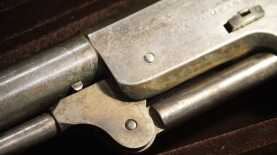
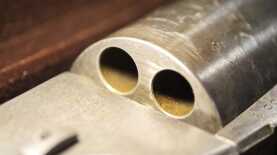
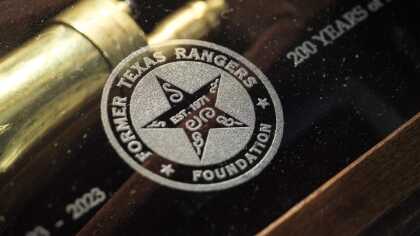
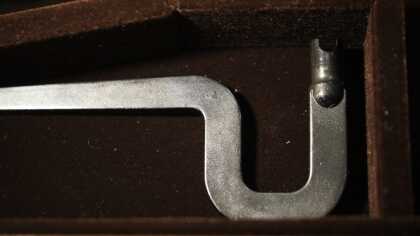
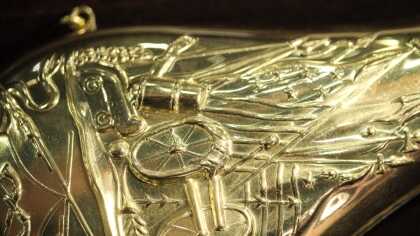
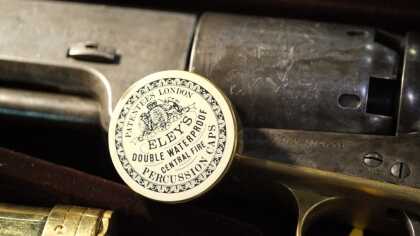
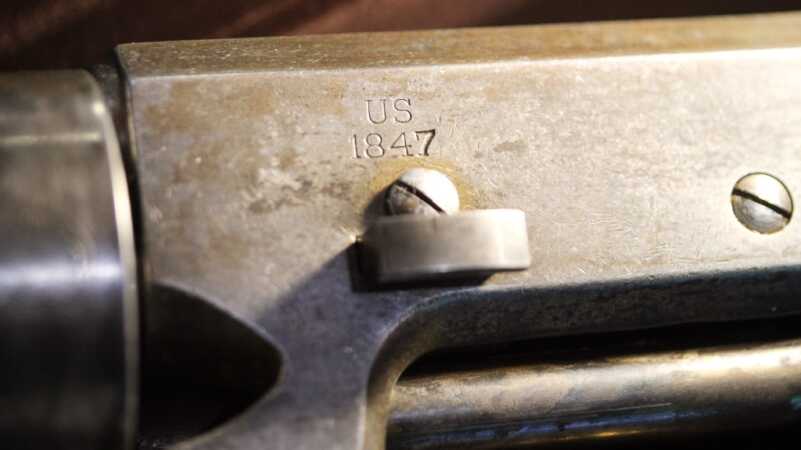
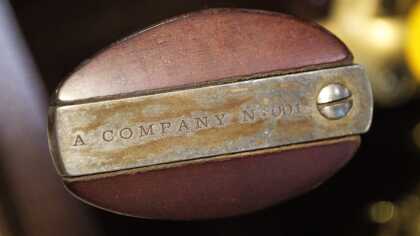
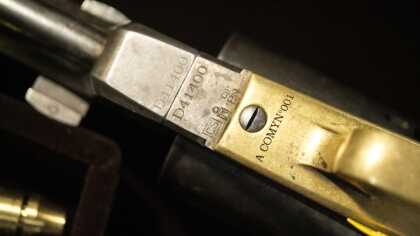
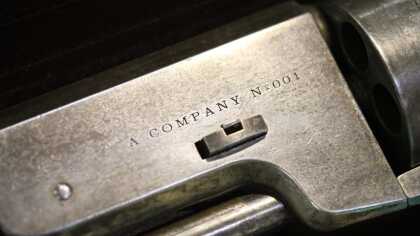
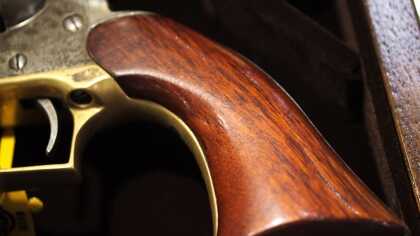
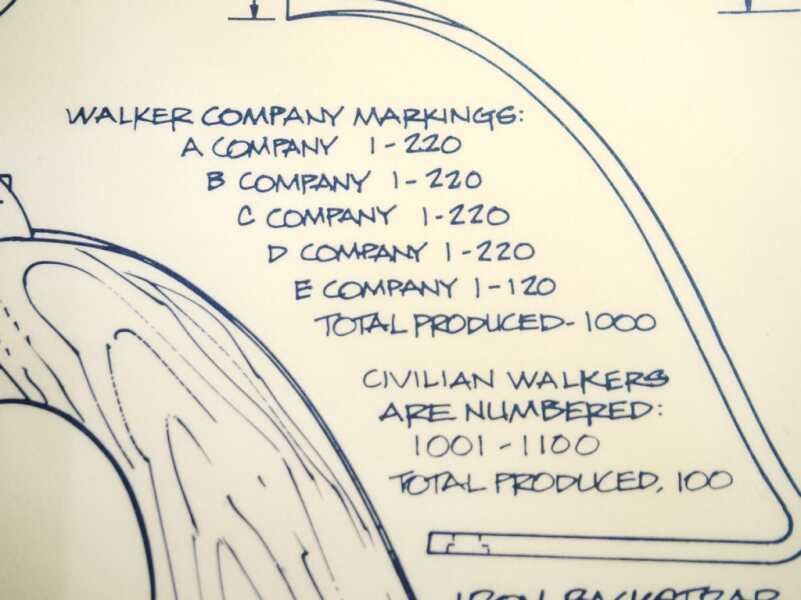
I’ve read of two reasons given for the exploding Walker cylinders. One was the metallurgy, as mentioned in the posted comments. The second was the loading of the clinical bullets in reverse; with the flat base pointed out. Who knows? They’re too rare and expensive to test either theory out. Last one I read that was auctioned was a rare, cased Danish sea captain’s Walker considered one of the finest Walkers extant, that went for $900,000+ if I recall correctly.
What is people’s thought on conversion cylinder for black powder I have a Ruger old army
The primary reason for “exploding” Walker cylinders was due to the metallurgy at that time. The following Colt Dragoon models were also 44 caliber, had improved steel, and shorter cylinders. The Walkers were Horse Pistols as they were carried in a holster strapped to the saddle. Two pistols were issued to each soldier for plenty of fire power. By the time of the Civil War the Colt 1860 Army was issued in 44 caliber in a small, light, handy package, with sleek lines and improved loading lever.
Nice gun and I didnt think the price was way outta line.
I dont know where this 60 and 70 grains of powder is coming from in the comments. I think from people that dont own or shoot these regularly. I do…I have 2 Ubertis that see use a couple times a month. So let’s set the record strait on powder.
Black Powder: 50 grains max that you can still seat a round ball. (Hornady) 60 grains won’t seat and 70 WAY overflows the chamber. Stick with about 45 grains and you’ll be right around the 1100 fps rule.
Triple 7: I use mainly because it’s easy to clean. It does have more punch! Anyway, 50 grains will overflow the chamber. Use 40 grains and check it out on a chrono. I get 1187 fps average with a very small standard deviation. Less than 13 fps usually. That’s 40 grains Triple 7 with a CCI #10 cap and a .457 144 grain Hornady ball. Its powerful, its accurate as hell at 50-60 yards I shoot at and it makes alot of smoke which I think is fun.
Dont go trying to cram more than what I just said in the gun. A. It wont fit, B. If you do manage to somehow beat a bullet in there you are overcharged. You wont likely blow up the gun but they do stretch, so keep the weapon tight and usable with sensible charges. If you need more than what a Walker repro will do, then get a modern 357. Mine have been very reliable and lots of fun.
30 grains of powder???….wrong!…more like 60 or 70.
In the movie “Unforgiven”, my favorite movie soliloquy is Sheriff Little Bill Daggett describing the shootout at the Blue Bottle Saloon between English Bob and Corky “Two-Gun” Corcoran:
” BAM! That Walker Colt blew up in his hand, which was a failing common to that model. You see, if old Corky had had two guns instead of just a big d***, he would have been there right to the end to defend himself.”
So was the Walker prone to misalignment between the cylinder and the barrel that would cause it to explode?
Actually, the powder charge is TWICE what is mentioned in the article. A Walker can hold 60 grains of powder behind a round ball, or 50 behind a conical. One article I read indicated that a Walker with a 60 grain charge behind a round ball has as much muzzle energy as a modern .357 magnum.
The article you read was mistaken.
Colt’s Walker revolver exhibited muzzle velocity of some 1100 ft/sec, so it did boast the highest velocity of any revolver until the 357 came out in the 1930s. But the Walker fired a round ball weighing only 138gr, which works out to a kinetic energy value of about 370 foot-pounds. Early 357 loadings produced energies above 500 foot-pounds.